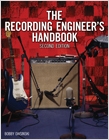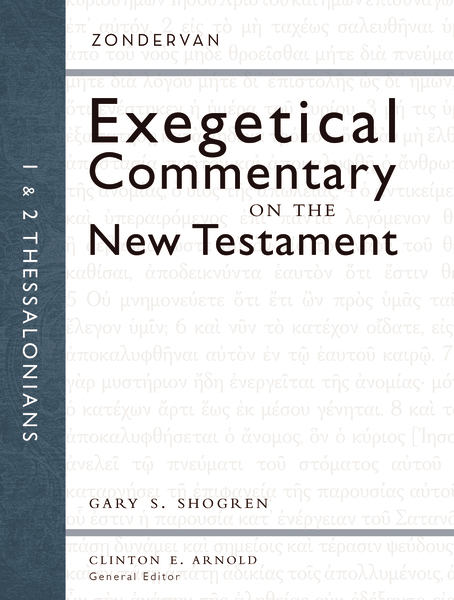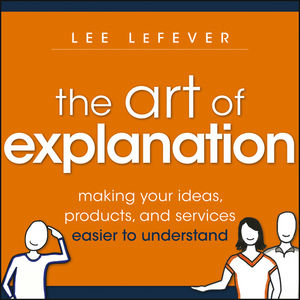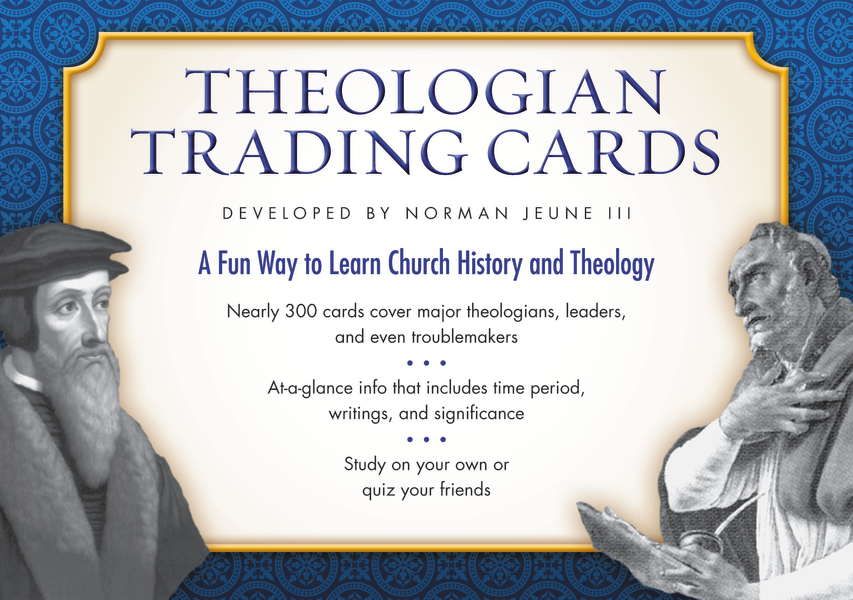Photo Credit: Howard Books
Rating: 5 out of 5
Judas Iscariot has been known as possibly the greatest betrayer in all of history, having handed Jesus over to the Jewish authorities for thirty pieces of silver. This was followed by a very tragic end. But Judas is undoubtedly an enigmatic character on the pages of history. Though Jesus knew he would betray him, he chose Judas as one of his inner circle, the twelve disciples. The Scriptures record Jesus calling him friend. What would drive this man to betray a man who devoted so much of his time and affection toward him? Who was Judas? And what did Jesus look like in Judas’ and the other disciples’ eyes? What would we have done in that situation?
Tosca Lee, in her latest novel ISCARIOT, explores many of those questions and paints an incredibly stirring and reflective picture of not only Judas Iscariot, but Jesus himself. Through thorough research of first-century Palestine and what history reveals about the man Judas, Lee weaves a thought-provoking tale of a man who loved Jesus greatly, yet greatly misunderstood what he came to do.
The story is told in first-person from Judas’ point-of-view. Lee take’s some creative license in filling in some gaps in Judas’ history, but does a fantastic job of showing what Judas may have been like and why he may have done what he did. Lee’s knowledge of the Scriptures and history are impressive and give the novel a great sense of authenticity.
I was greatly impacted this story because it forced me to see Jesus in a new light, or really an old light because Lee helps us to see what following Jesus must have felt like for his disciples. The reality for them was that following him was dangerous. Jesus himself was dangerous in the way that he challenged the religious leaders. And he was always going against people’s expectations of what he should do and what he should be like. In doing this, we’re put in the position of understanding that we might’ve done the same thing.
I grew in my love and respect for Jesus by reading this novel. ISCARIOT is a unique story, and it will be one that stays with me for a long time.
Review copy provided by Howard Books









